Fat is fuel for keto dieters. But what happens if you don’t eat enough fat on keto?
You’ll start feeling hungry and tired all the time because your body is low on fuel. After a few weeks of low fat consumption, you’ll begin experiencing symptoms like diarrhea and headaches.
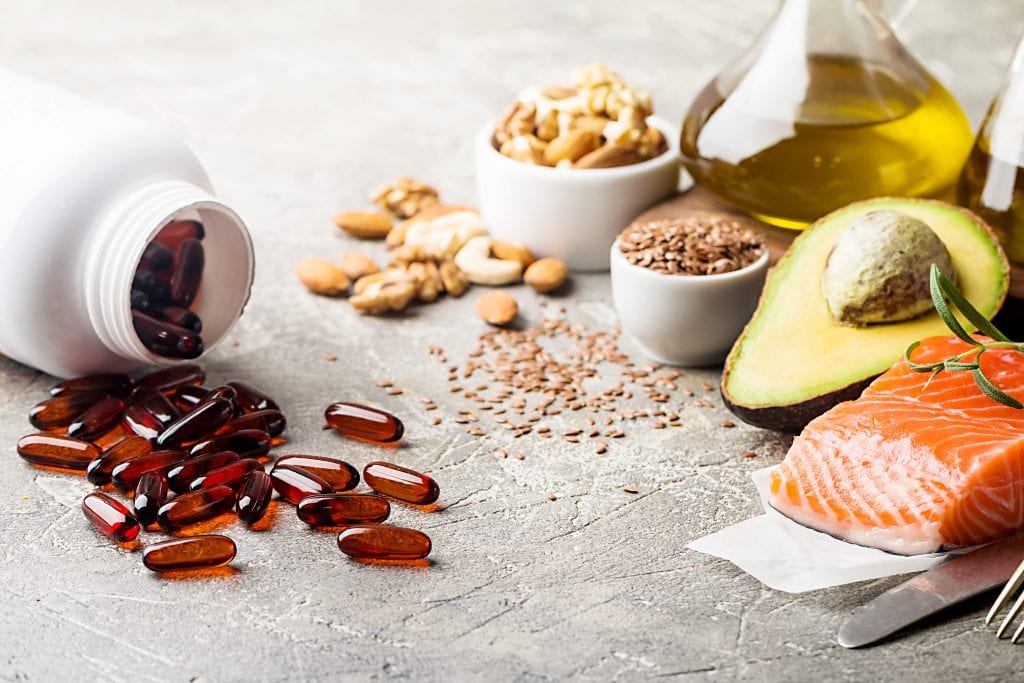
Eating little fat and high amounts of protein on a ketogenic diet can be dangerous. Fortunately, it’s super easy to consume sufficient amounts of fat.
This post covers everything you need to know about the dangers of eating little fat and how much fat to consume on a keto diet.
What Is Rabbit Starvation?
Rabbit starvation or protein poisoning occurs when you eat little fat and lots of protein over an extended period.
The term was coined by Vilhjalmur Stefansson in the book The Fat of the Land. Here he talks about arctic travelers who’d only eat rabbit meat which is low in fat and high in protein. After a few weeks, they’d starve no matter how many rabbits they could eat.
Some survival manuals advise against eating rabbit meat if it’s the only food available. It’s actually better to eat nothing and starve than to eat rabbit meat.
Obviously, these are extreme examples; however, if you eat lots of lean meats like chicken and turkey without substituting them with fats, you’ll experience some of these symptoms.
Consuming little fats can even impact your long-term health. For example, it dries up your bile which can lead to gallstones.
Now that we know what happens if you don’t eat enough fat on keto, let’s cover how to tell if you’re consuming little fat.
How Do I Know If I’m Consuming Little Fat?
It’s quite easy to notice if you aren’t eating sufficient amounts of fat. You’ll experience some of the following symptoms:
1. Increased hunger
2. Low energy
3. Diarrhea
4. Fat gain
5. Foamy urine
6. Fluid retention
Increased Hunger
A low carb diet is effective at keeping people full for a long time.
On a conventional diet containing too many carbs, every meal spikes insulin. High insulin levels block leptin which is the hormone that tells your brain when to stop eating. This is why people who’re on a high carb diet always feel hungry.
On keto, you avoid carbs which lower insulin, and your brain can finally read your leptin levels. This makes you feel fuller for longer.
However, if you’re always hungry on keto, then it can be a sign of fat starvation.
Low Energy
Another common benefit of following a ketogenic diet is a consistent boost in energy. This is because your body uses stored fat to fuel itself. Ketones are also a more powerful source of fuel compared to glucose.
However, if you’re in ketosis and you’re feeling lethargic all the time, it might be your body wanting more fats.
Diarrhea
When Stefansson traveled the arctic, he noticed that one of the first symptoms people would develop when eating rabbit meat is diarrhea. This is because if you’re only eating lean meats, you can dry up your bile.
Bile is made in the liver and stored in the gallbladder and is an essential digestive fluid. You need bile to help digest food and absorb fat-soluble vitamins. What triggers bile is fat. So when you’re eating little fat, you can dry up the bile, which causes diarrhea.
Fat Gain
One of the main goals of the ketogenic diet is to reduce insulin since high levels of insulin lead to fat gain and chronic conditions like diabetes.
Carbs spike blood sugar which raises insulin. However, certain types of protein can also impact insulin levels. The insulin index looks at how foods affect insulin and it finds that the leaner the protein you’re eating, the more it spikes insulin.
This increased level of insulin makes it difficult to lose weight. So if losing weight is a challenge on a ketogenic diet, consider increasing the amount of fat in your diet while reducing lean protein.

Foamy Urine
Too much protein can overload your kidneys and spill over into your urine, making it look foamy.
Usually, you aren’t supposed to have any protein in your urine because your kidneys filter 180 liters of fluid daily and you only drink around two liters per day.
Only 2% of that liquid is excreted as urine, meaning your kidneys are efficient at what they do. So if your urine is foamy, it means protein is seeping into your urine.
Cut back on your protein intake, increase the amount of fat in your diet and see if it goes away.
Fluid Retention
Fluid retention is common in people who aren’t eating enough fat on a ketogenic diet. Typically, your feet and lower legs will swell up, and if you press into the swelling, it’ll leave a dent for a few seconds.
Now that we’ve covered some common symptoms of consuming little fat, let’s look at quick and affordable ways to add fat to your diet.
How Do I Eat More Fats On Keto?
Implementing more fats into your diet isn’t only easy, it’s tasty. Here are some affordable ways to up your fat intake:
- Use coconut oil with everything
- Buy fatty ground beef
- Eat whole eggs
- Load up on bacon
- Eat fat bombs
Use Coconut Oil With Everything
By far, the easiest and most affordable way to get more fat into your diet is to use coconut oil. You can get a tub of coconut oil for a few dollars, and it contains 14 grams of fat per tablespoon.
So if you’re looking to increase your fat consumption, start cooking your foods in coconut oil. This instantly boosts its fat content.
You could also add a tablespoon of coconut oil to your coffee. If you drink five cups of coffee per day, that’s 70 extra grams of fat!
Buy Fatty Ground Beef
Avoid lean ground beef since it contains too much protein. Instead, opt for the fattiest ground beef you can find. The fattier the meat, the less strain it puts on your wallet.
For example, there are 30 grams of fat in 100 grams of ground beef. You can toss that in a pan with some scrambled eggs, and you’ll have a low-cost meal that contains over 60 grams of fat.
Eat Whole Eggs
Whole eggs are like nature’s multivitamin. They contain several micronutrients like vitamin A, iron, zinc, and riboflavin. You can also get five grams of fat from eating one egg yolk.
If you want to restrict your protein intake, try eating just the egg yolk since it contains little protein. You could even cook these eggs in coconut oil for some extra fat.
Load Up On Bacon
One slice of bacon contains over three grams of fat!
If you’re struggling to increase your fat consumption, try eating bacon and eggs for breakfast. You could even have a cup of coffee with a tablespoon of coconut oil. This meal alone can easily contain 50 grams of fat!
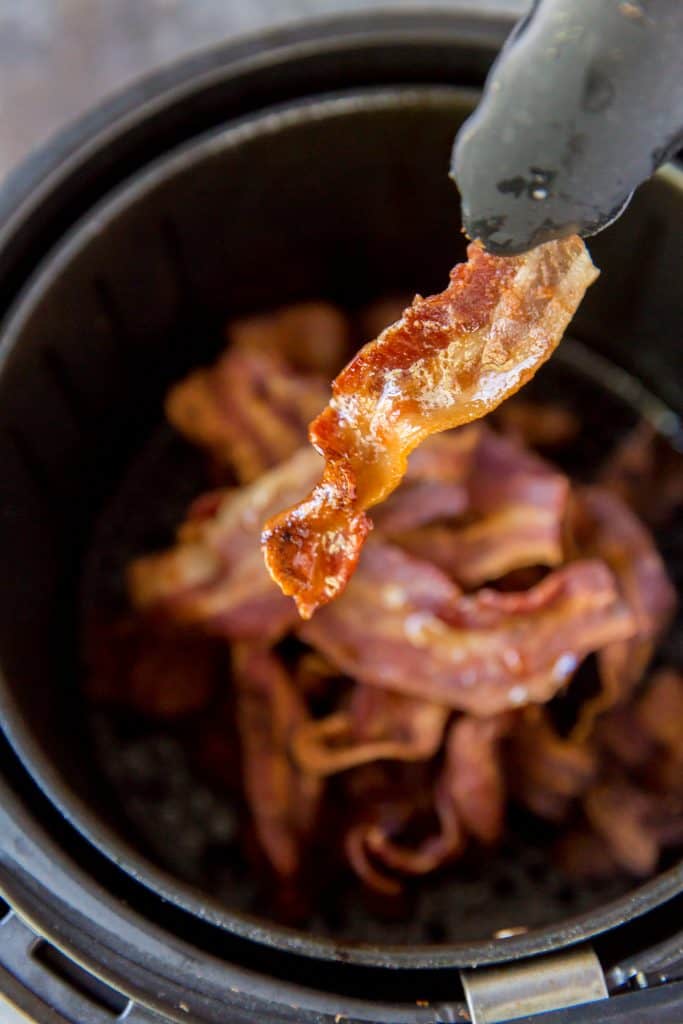
Eat Fat Bombs
Fat bombs are a super easy and cheap way to eat more fat. They’re small and full of fat, making them a practical option if you’re on the go.
I like making an entire batch of fat bombs on Sunday, and I’ll snack on it during the week.
Fat bombs are also super easy to make. Most recipes only require a few tablespoons of coconut oil, some butter and cocoa.
One fat bomb contains around 15 grams of fat and you can eat them while commuting to work or waiting for your children at school.

Avoid Vegetable Seed Oils
When trying to increase your fat intake, avoid any type of vegetable seed oil. Although seed oils might have a high-fat content, they are highly inflammatory and oxidize quickly. Vegetable seed oils include:
- Canola oil
- Soy oil
- Cottonseed oil
- Margarine
Using these oils high in polyunsaturated and trans fats are linked to an increased risk of chronic conditions like heart disease, Alzheimer’s, diabetes and obesity.
Instead, eat healthy fats like saturated and monounsaturated fats. Cook your food in coconut oil, beef tallow, olive oil and butter.
Coconut oil is especially good for you since it contains medium chain triglycerides which is found to improve cognition in Alzheimer’s patients. Coconut oil also reduces insulin resistance and helps burn fat, making it a must-have for diabetics and pre diabetics.
These saturated fats have been used for thousands of years since they don’t oxidize quickly and turn rancid. Several studies show that saturated fat isn’t the demon everyone makes it out to be.
What Should I Do If I Miss My Fat Goals For The Day?
Failing to meet your daily fat intake isn’t a problem. However, you don’t want this to happen consistently.
So if you’ve missed your fat goals, look back on the meals you ate for that day. Did you eat any lean meat when you could’ve swapped it out for a fattier cut? Or did you forget to add butter and coconut oil to your coffee?
It’s essential to look back at where you could’ve used more fat and learn from that mistake.
In the future, you could start the day off with a high-fat meal like bacon and eggs fried in coconut oil. This way, you won’t have to stress about meeting your fat goals later in the day.
How Do I Know How Much Fat Is Enough?
Finding out how much fat is in specific foods and weighing it is a hassle.
However, there’s an easy way to ensure you’re consuming the right amount of fat without having to track anything.
Eat protein and fat in their complete form.
Whenever you consume protein on keto, it should be with some fat. For example, if you’re buying ground beef, don’t choose the leanest beef you can find. Opt for the fattier beef. If you’re eating eggs, eat the yolk and the white.
Without consuming lean cuts of meat, you’ll ensure you’re consuming the proper amounts of fat to experience the benefits of keto, like weight loss and increased energy.
Final Thoughts On Eating Enough Fat On A Keto Diet
If you’re eating large amounts of lean meat on a keto diet, it can be difficult to meet your fat macros. You’ll also start experiencing symptoms like fat gain, fatigue, and diarrhea.
Luckily, eating healthy fats is super easy and affordable. Start eating fattier cuts of meat, use more coconut oil, and snack on some fat bombs and high fat nuts when you’re on the go.
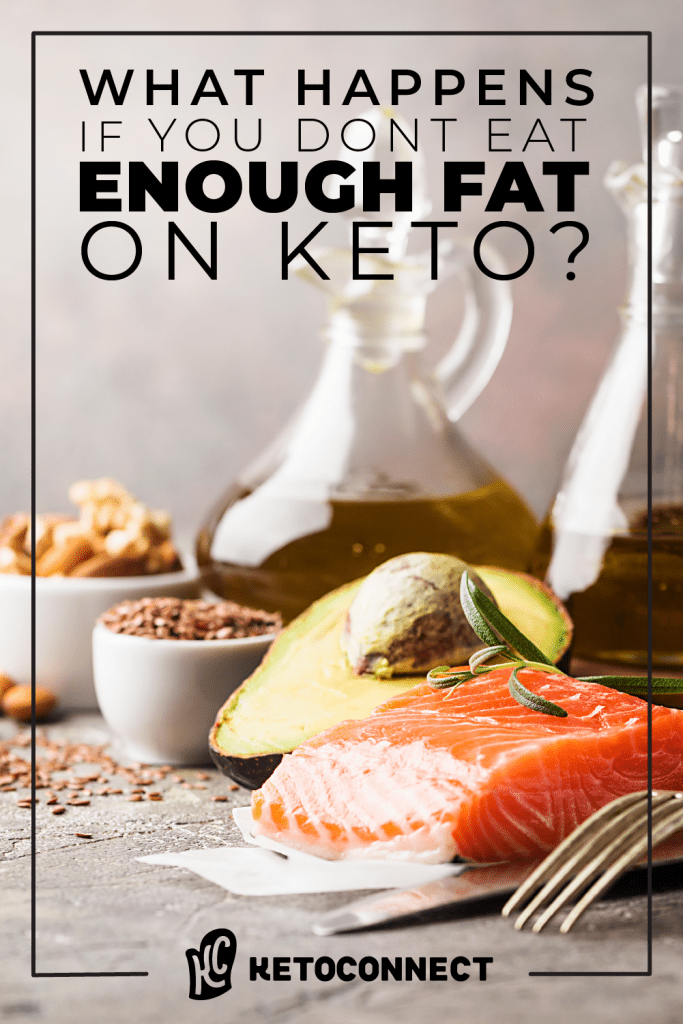
Written by
Matt Gaedke
Matt is a former college basketball player turned computer engineer who discovered his passion for health and nutrition after cutting sugar from his diet in 2016. That year he founded KetoConnect with Megha in order to share their ketogenic lifestyle through recipes, videos, and educational content. Matt is always seeking to grow and try new things, a passion he shares with his wife and two amazing sons.
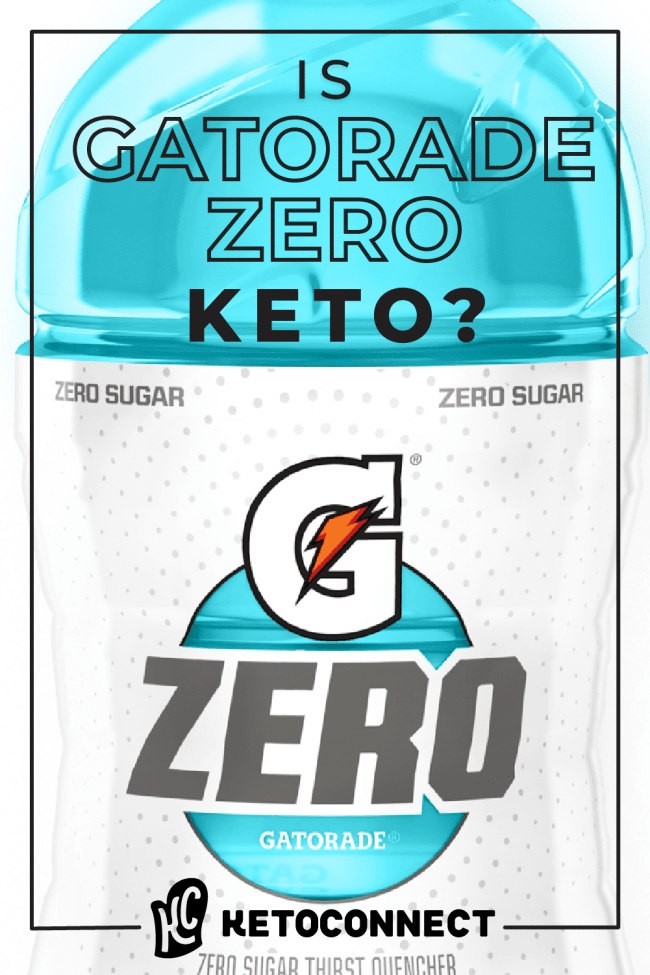
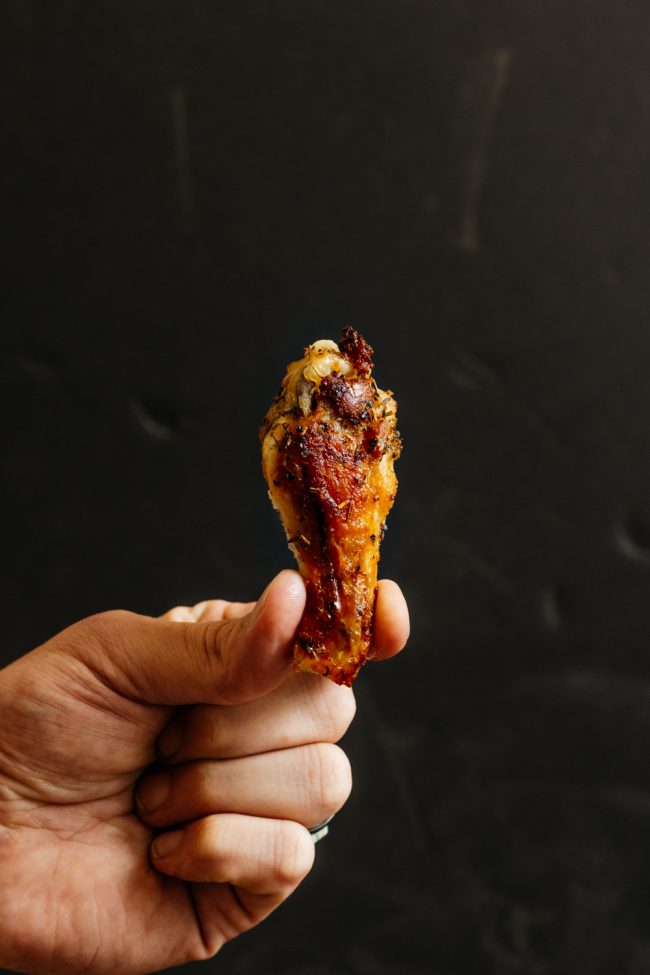
Leave a Comment